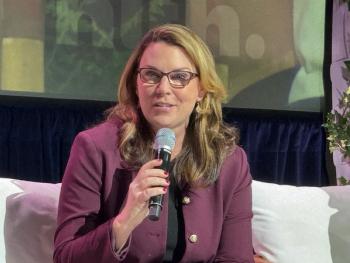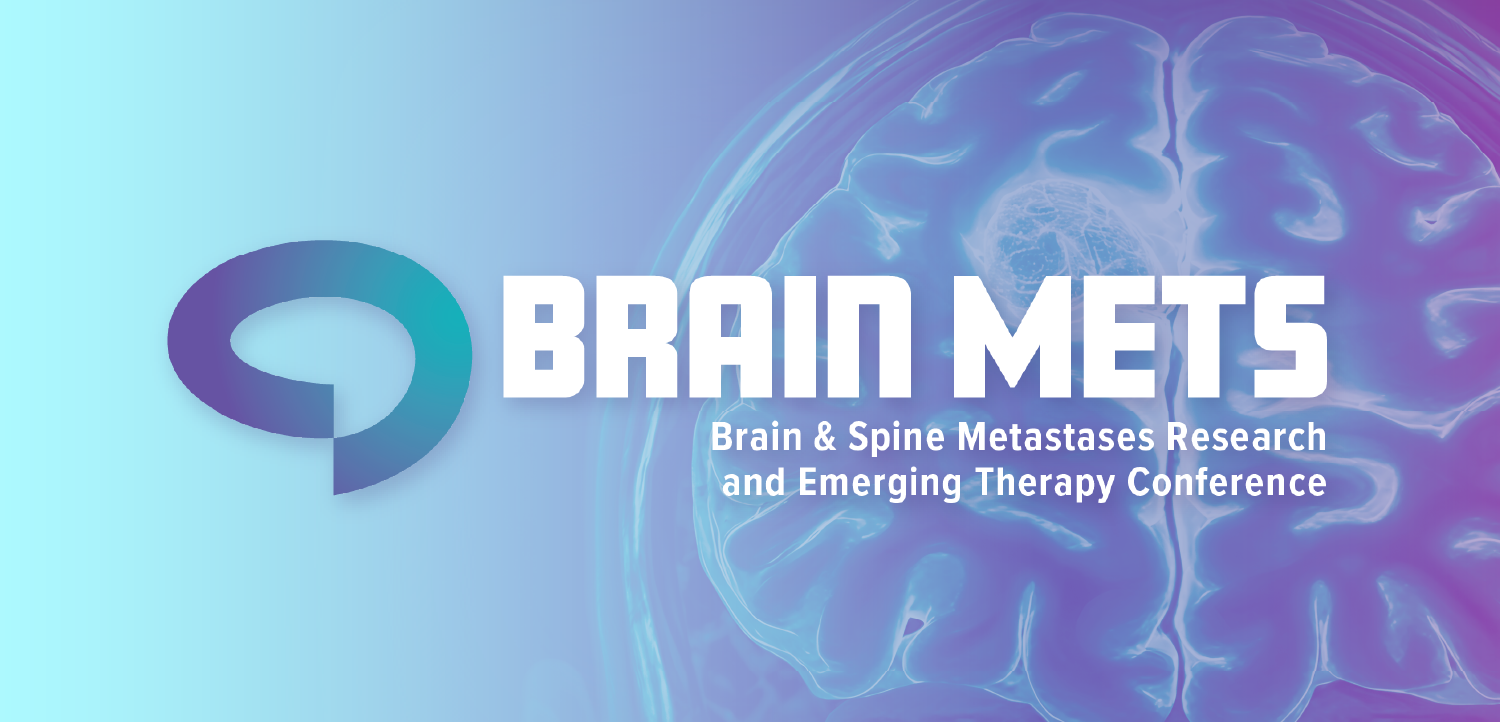
HLTH 2025: Key takeaways from the health tech event

Thousands traveled to Las Vegas for the conference. There was plenty of excitement about AI, but the tone was a bit different this year.
Las Vegas – From global giants to small startups, the HLTH conference has proven to be a draw for those in the health technology industry.
Now in its eighth year, HLTH drew more than 12,000 people, including many in the C-suite, to the Venetian Conference & Expo Center. The event drew representatives from health insurance companies, hospital systems, and many others across the health ecosystem.
Many were anxious to see the latest AI products and other cutting-edge technology. But the HLTH conference also took place while much of the federal government was shut down, driven by the question of
Here’s my roundup of takeaways and impressions from this year’s event. I’ll offer a couple of caveats, with the big one being that I didn’t talk to all 12,000 in attendance.
However, I did talk to a lot of you. I interviewed nearly two dozen healthcare leaders, and I engaged in dozens of other quick conversations and chats with those at the conference. I attended a host of the panel discussions as well to hear what some of the top minds in health care thinking.
Some recurring themes emerged throughout the conference.
All about AI
On the first day of the conference, Chris DeRienzo, the chief physician executive of the American Hospital Association, moderated a panel discussion and joked that he wanted to be sure to hit the required 67 mentions of AI during the conversation.
It was funny and true, all at once.
Now, I realize saying AI is the dominant topic at a healthcare conference seems incredibly obvious, almost akin to saying that the Super Bowl is the biggest sporting event in America.
But ignoring or downplaying AI at HLTH, and its growing place in the industry, would be ridiculous.
Healthcare organizations are clearly embracing AI tools to streamline business operations, including billing and coding.
If there’s one area where AI is proving to be a home run, it’s ambient documentation, healthcare leaders at HLTH said. These AI tools summarize physician conversations with patients and enter them in electronic records, saving doctors significant time on documentation. And doctors are able to look at patients face-to-face, rather than typing away on a computer.
Leaders at the conference also highlighted the increased use of AI in patient care, such as tools to assist with radiology and highlight results that need more attention or tools that can detect patients at risk of sepsis. Plenty of healthcare leaders are moving more cautiously about incorporating AI in clinical uses.
A different tone
Several healthcare leaders who have attended HLTH previously used the same word to describe this year’s event: “Quieter.”
To be clear, those assessments came in response to open-ended questions about whether they were enjoying the conference or how it compares to other years. A few leaders offered that assessment without even being prompted with a question.
The ongoing government shutdown certainly played a role.
But many are anxious about the extension of tax credits to help Americans buy insurance coverage under the Affordable Care Act. The tax credits expire at the end of the year, and if they lapse, it’s projected that millions won’t be able to afford coverage.
In addition, more than 10 million people
Plus,
To be sure, plenty of people were having a good time at HLTH. But overall, it was a more muted gathering.
It’s too expensive
This year, healthcare leaders were talking more about the rising cost of health care.
Entrepreneur Mark Cuban, founder of Cost Plus Drugs, hammered that point home in a blunt conversation on the main stage during the first day of the conference. He railed against the forces that prevent too many Americans from being able to afford prescription drugs, and health care more generally.
Cuban also urged healthcare leaders to act, saying, “We are complicit in all this.”
But he was hardly alone. At various panel discussions, healthcare leaders said they’re understanding that too many people aren’t pursuing care because of the high prices. Many others are draining their savings or going deep into debt to get care.
Mihaljevic made the case that this is why AI is so important, saying it’s a way to make care more affordable and accessible.
Keeping patients healthy
More than in other conferences, healthcare executives said they need to focus more on keeping people healthy rather than treating them when they were sick.
Some healthcare leaders said there is growing momentum for value-based care.
Calley Means, a top aide to RFK Jr., appeared at the conference and said that this is going to be a heavy focus of Kennedy and the Trump administration. He talked about the need to invest more in making sure Americans had healthy foods, and said the way the government approaches health care is changing.
Many at the conference said the focus on keeping people healthy is one area where the Trump administration is on the right track. Mukkamala said he’s on board with a greater focus on healthy diets and exercise to prevent disease.
“This is where I'm excited to work with the administration on making America healthy,” he said. “I think this is a path to do that.”
There’s another factor at play: America’s aging population.
The last of the Baby Boom generation reaches retirement age at the end of the decade. Health systems will see more older Americans with the need for more services, so it’s going to be important to keep people healthy or, at minimum, help them manage chronic conditions before they worsen.
Keeping clinicians healthy
Doctors and nurses have long complained that they are drained by the administrative aspects of their job, documenting patient records and securing approval from insurance companies. Healthcare leaders are banking on AI tools lifting some of those hassles and potentially helping boost retention.
But the stress goes beyond bureaucratic headaches. Doctors and nurses, in particular, are being worn down by inadequate staffing.
Jennifer Mensik Kennedy, president of the American Nurses Association, said hospitals and health systems
Nurses are leaving the bedside due to the all-too-frequent risk of being assaulted or harassed by patients or family members. Mensik Kennedy drew a few gasps in a conversation on staff well-being when she said that nurses are assaulted more often than corrections officers.
More nurses
Nurses had a bigger presence at the HLTH conference. This year’s event featured the Nurses’ Pavilion, something nursing leaders welcomed.
Panels featured nurses addressing topics such as launching startup companies and incorporating technology into health systems.
Lavonia Thomas, nursing informatics officer at The University of Texas MD Anderson Cancer Center, said
Too often, nurses have been handed tools and told to adjust. Thomas and other nursing leaders say that can’t happen with AI.
Health equity
It’s been a challenging time for those working on health equity. Diversity offices at government agencies and academic offices have been shuttered, and some programs aimed at helping underserved communities have been targeted.
Still, a host of discussions at HLTH focused on health equity.
Blackstock said she is reassured that many health organizations remain committed to improving health equity and closing disparities, even if those efforts have different names, such as population health.
And here again, AI is part of the conversation. Some leaders at HLTH talked about AI bringing top-notch care to more communities. But Blackstock also warned that AI tools reflecting racial bias can undermine those efforts.








































